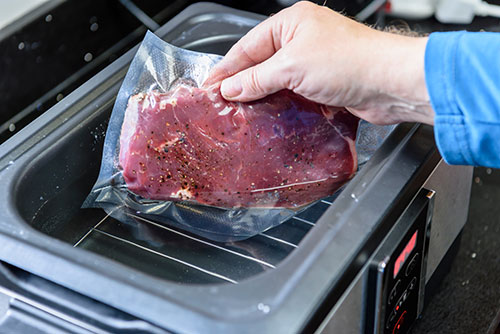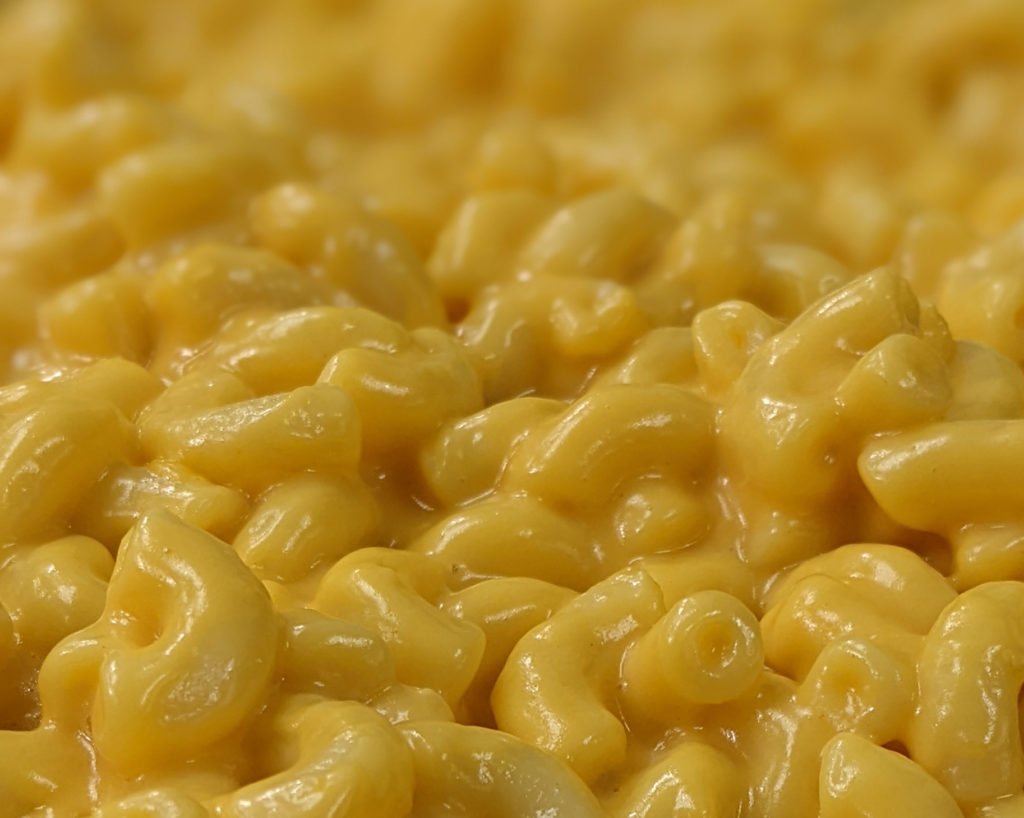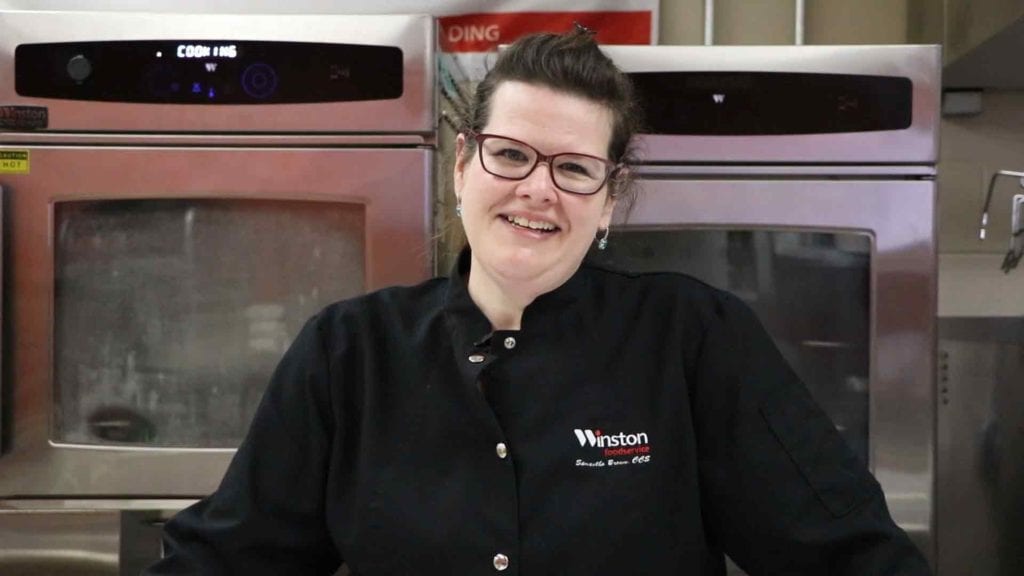What is the Difference between Retherm Equipment and Warming Equipment?
Having the right tools for the job makes all the difference. In a commercial kitchen, food retherm equipment and food warming equipment are two important tools. You might think these appliances do the same thing. However, their functions are very different, and each has unique benefits. What is a Retherm Oven? In general, retherm equipment […]
What is the Difference between Retherm Equipment and Warming Equipment? Read More »




